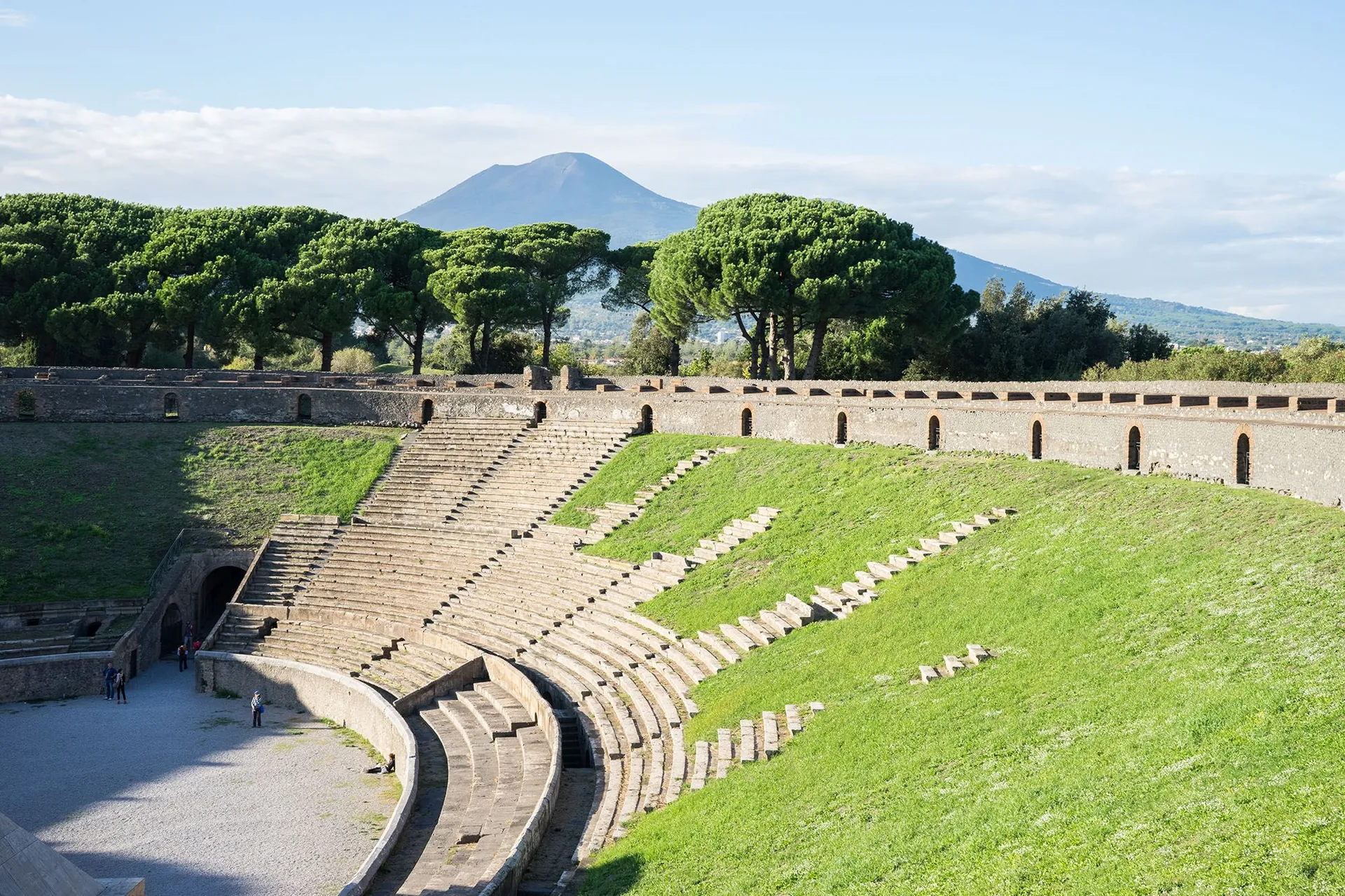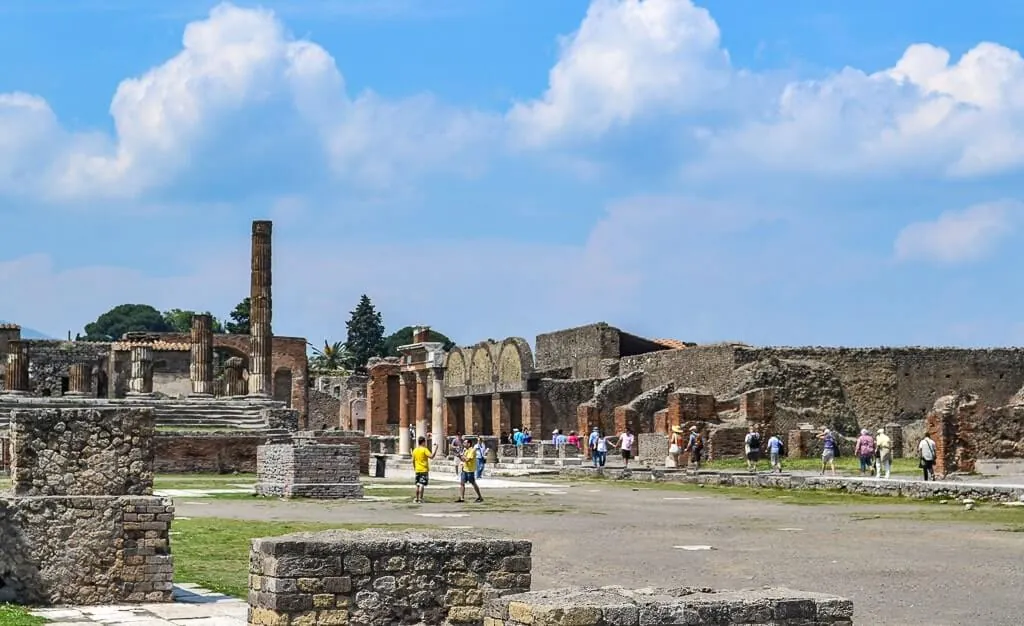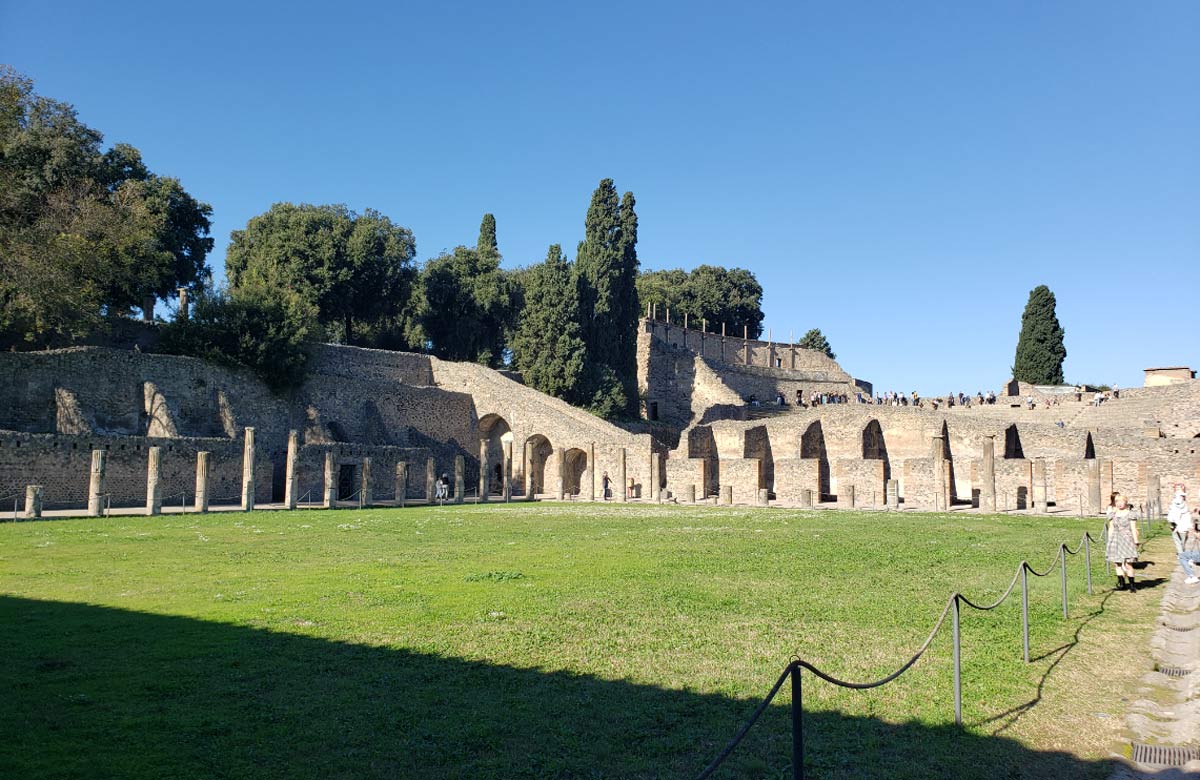21 Things to Do in Pompeii: Unearthing the Secrets of an Ancient Roman City
Pompeii, a city frozen in time, offers visitors an unparalleled glimpse into the everyday lives of ancient Romans. Buried under volcanic ash and pumice in 79 AD after the catastrophic eruption of Mount Vesuvius, this UNESCO World Heritage Site continues to captivate archaeologists, historians, and tourists alike. Exploring Pompeii is like stepping into a time machine, with its remarkably preserved streets, houses, temples, and public spaces that paint a vivid picture of life nearly 2,000 years ago. Whether you’re an avid history buff or simply a curious traveler, this guide explores 21 unmissable things to do in Pompeii that will enrich your visit to one of the world’s most extraordinary archaeological treasures.
1. Explore the Amphitheater

Built around 80 BC, the Amphitheater of Pompeii is one of the oldest surviving Roman amphitheaters in the world and could accommodate up to 20,000 spectators. It served as a venue for gladiatorial combat and public spectacles, offering entertainment that mirrored the Roman Empire’s penchant for lavish and sometimes brutal performances. Walking through the oval-shaped structure, you can almost hear the roar of the crowd and the clash of weapons, transporting visitors back to an era of grandeur and grit.
Architecturally, the Pompeii Amphitheater set the benchmark for subsequent Roman amphitheaters, such as the Colosseum in Rome. Its design efficiently managed large crowds with tiered seating and well-planned entryways. While the Colosseum is more famous, the Pompeii Amphitheater holds a special charm due to its intimate scale and age, showcasing the ingenuity of early Roman engineering. It’s a great starting point for your Pompeii journey, offering a lens into the city’s social and cultural priorities.
2. Visit the Forum


